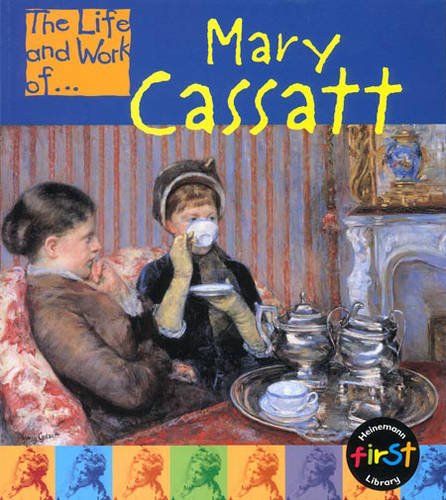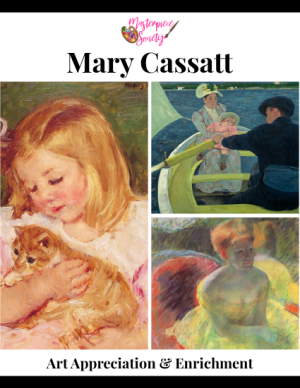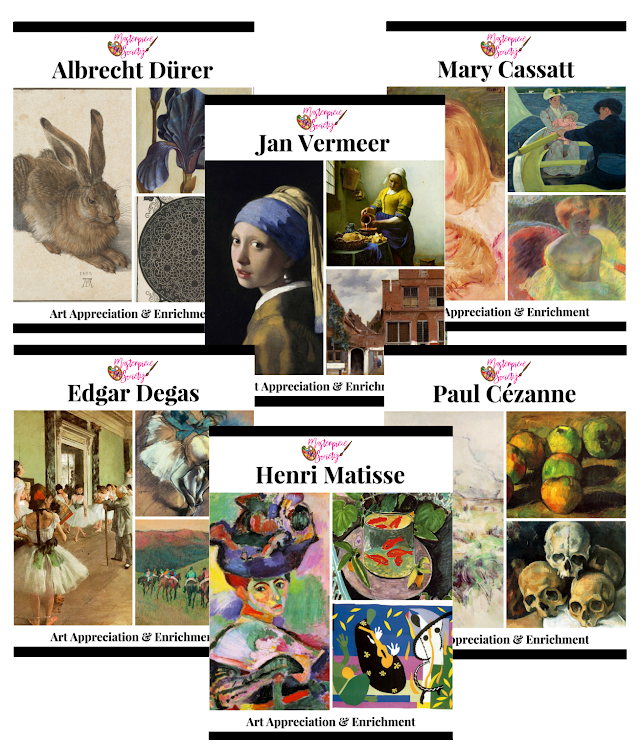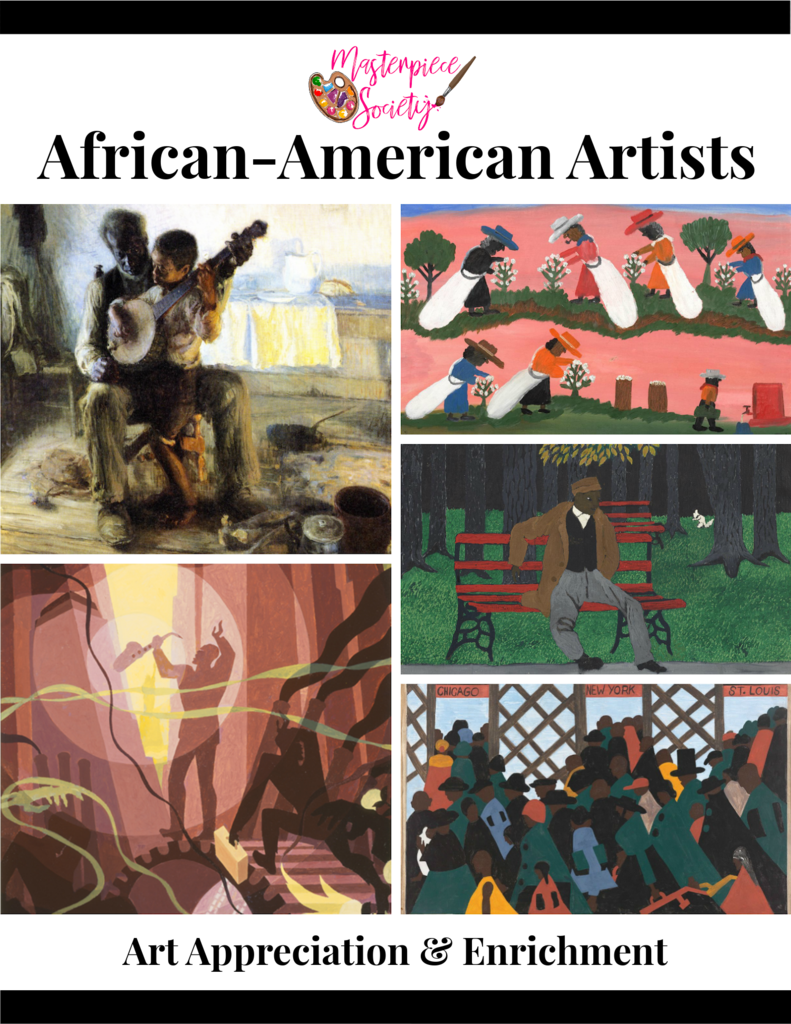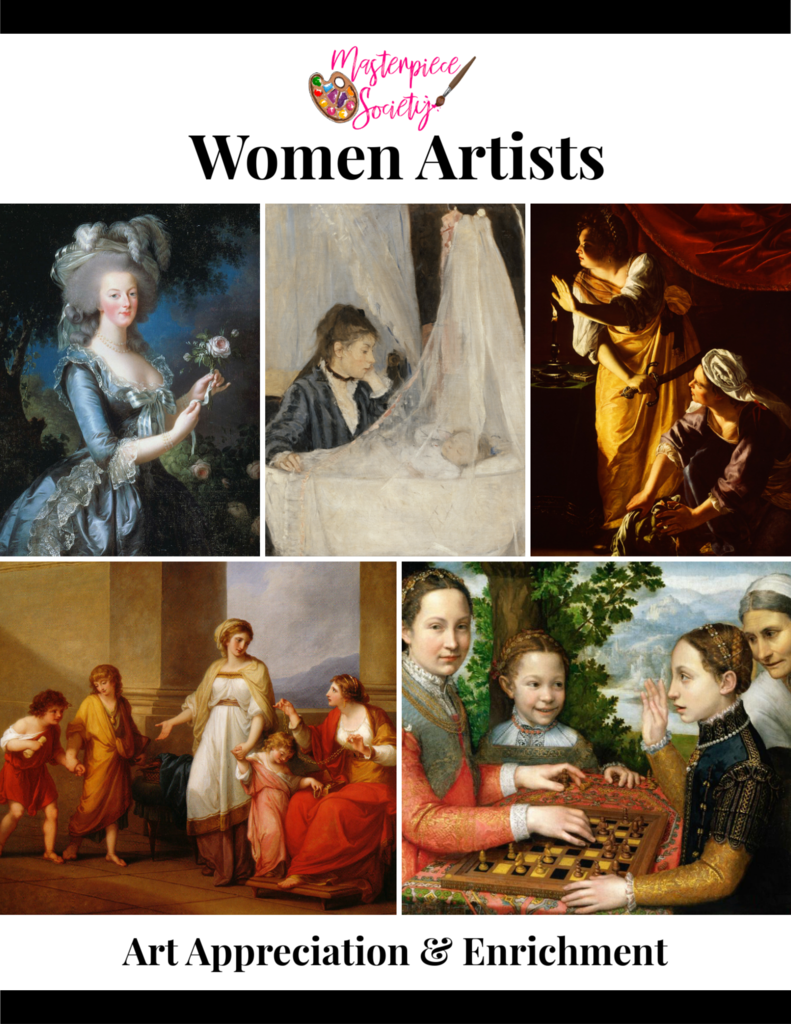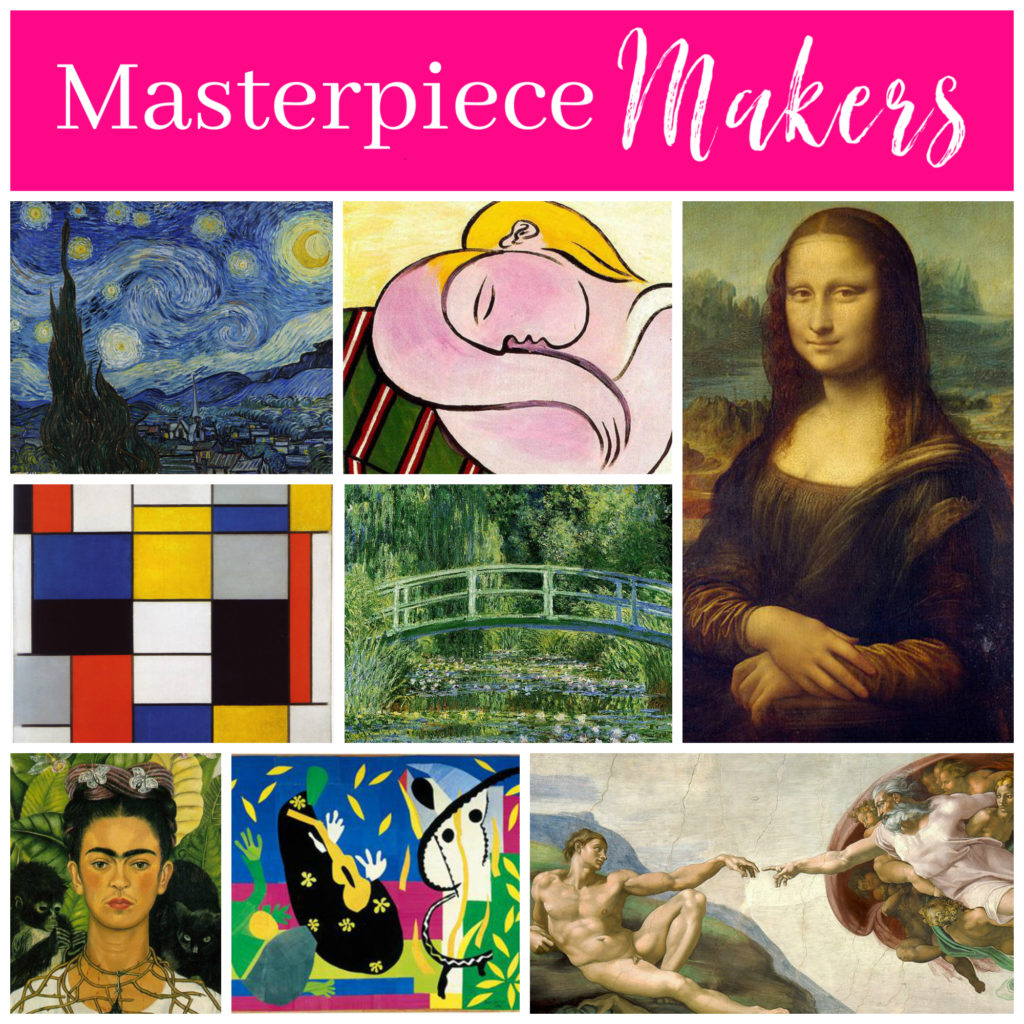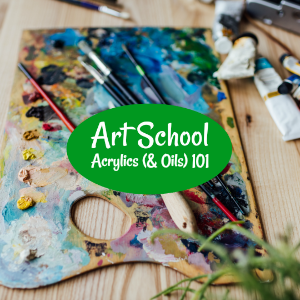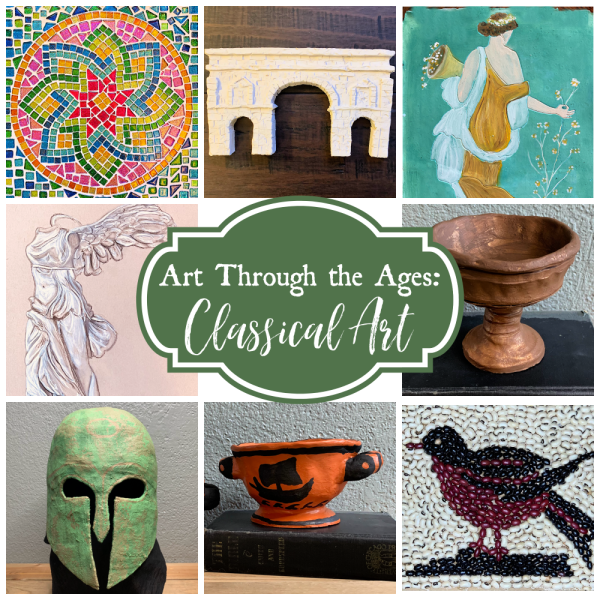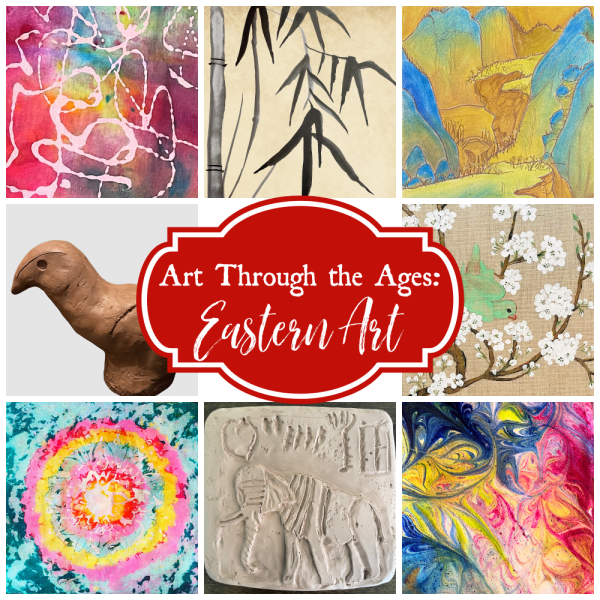“In art, what we want is the certainty that one spark of original genius shall not be extinguished.“
Mary Cassatt was born on May 22, 1844 into a wealthy middle-class family in Allegheny, Pennsylvania. Her father was an investment broker and her mother was a well-read, highly educated woman. The family traveled a lot, believing it was an important aspect in giving their children a rich, well-rounded education.
When Mary was seven, they moved to Paris, France, where they lived for five years, visiting England and Germany at times. As a result, and as part of her education, Mary learned to speak French and German fluently. She was also given music and drawing lessons. It was during this time, as a young girl, that she was exposed to the works of the French artists, and not long afterwards she decided to pursue a career in art.
Her parents wanted her to marry well into a family of high social status. The idea of their daughter becoming an artist seemed strange to them. Nevertheless, at the age of sixteen, her father allowed her to study at the Pennsylvania Academy of Fine Arts in Philadelphia.
She was there for several years, but eventually left without finishing her studies. The teachers there didn’t feel it was important to train a woman in the arts, so they didn’t give her the resources or the instruction she craved.
In 1866, her mother took her to Paris so she could study art at a more advanced level. Since the schools there didn’t accept women, she took private lessons with the art teachers. She also became a “copyist” at the Louvre, making copies of master artists’ paintings to improve her skills and learn new techniques.
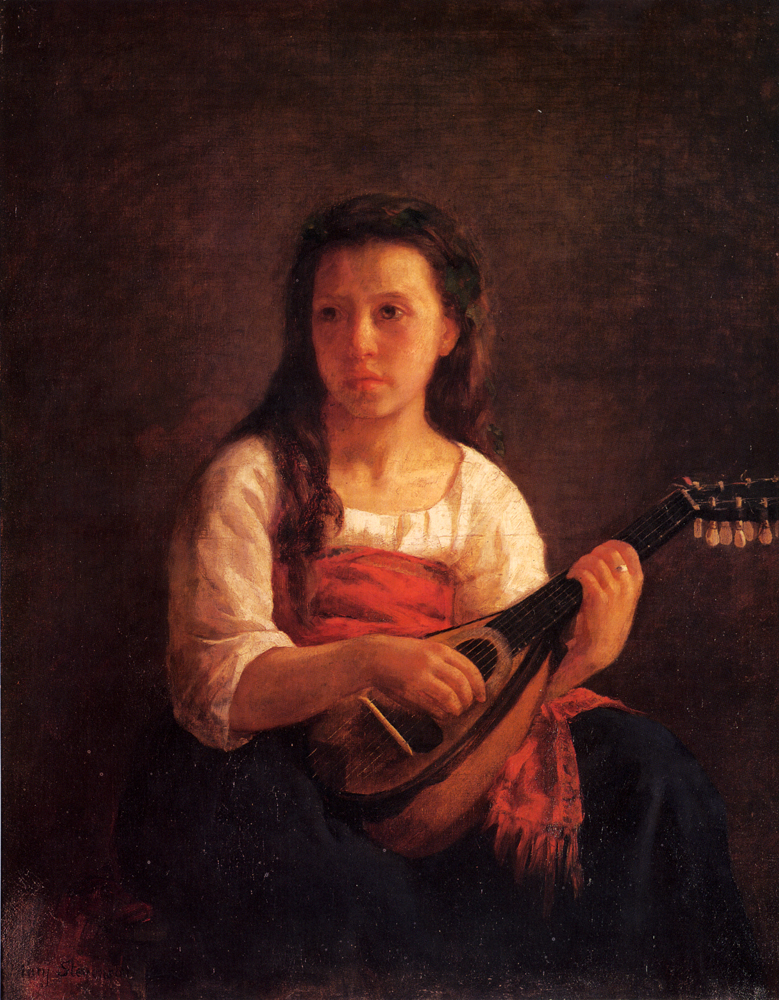
In 1868, Mary’s piece, Mandolin Player was accepted by the Salon. However, two years later in 1870, she was forced to move back to America because of the Franco-Prussian War which had begun in France.
While back at home, she couldn’t find classical paintings to study, nor did anyone buy her art. In fact, things got so bad that she wrote to a friend,
“I have given up my studio and torn up my father’s portrait. I have not touched a brush for six weeks, nor ever will again until I see some prospect of getting back to Europe. I am very anxious to go out west next fall and get some employment, but I have not yet decided where.”
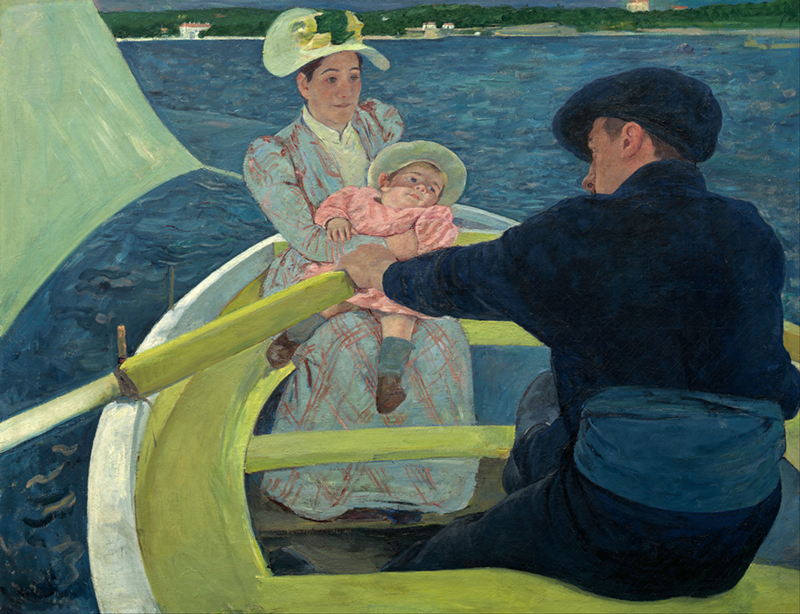
She decided to give Chicago a try, but unfortunately, some of her paintings were destroyed in the Great Chicago Fire of 1871. But her work caught the attention of the Archbishop of Pittsburgh who commissioned her to paint for his church. The money she made from this commission allowed her to move back to Europe.
Cassatt spent some time in Holland, Spain, and Italy before returning to France. And as a matter of fact, she was in Rome when the very first exhibition of the Impressionist artists took place in Paris (1874). But when she settled there again, her art began to sell once more. She did well for a time, but eventually grew frustrated with the way she was treated by the Salon, and reached a low point in her artistic career.
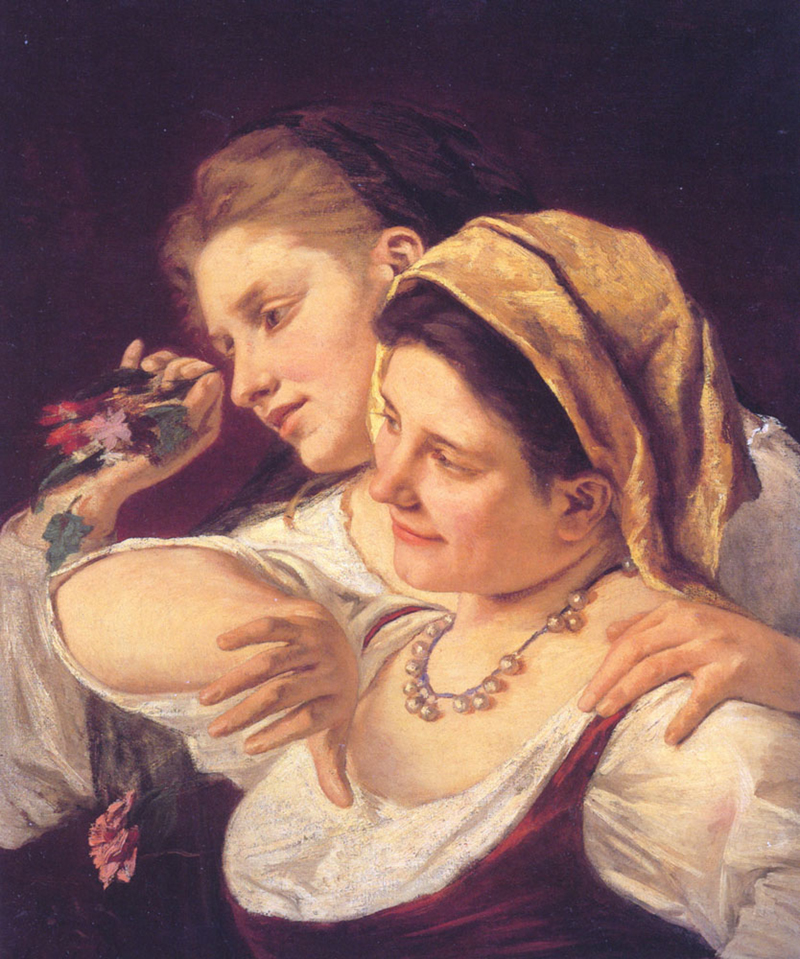
In 1875, she saw the artwork of Impressionist artist, Edgar Degas, in an art dealer’s window. She greatly admired his work, especially his pastels. Speaking of that time, Mary said,
“The first sight of Degas’ pictures was the turning point of my artistic life.”
And, “I used to go and flatten my nose against that window and absorb all I could of his art. It changed my life. I saw art then as I wanted to see it.”
Two years later in 1877, Degas invited her to exhibit her paintings with the Impressionists. She accepted his invitation with great delight. This is when Mary Cassatt felt she had really begun to live. She could experiment with her art without the fear of judgement from the art establishment at the Salon, and she could learn from artists she highly esteemed.
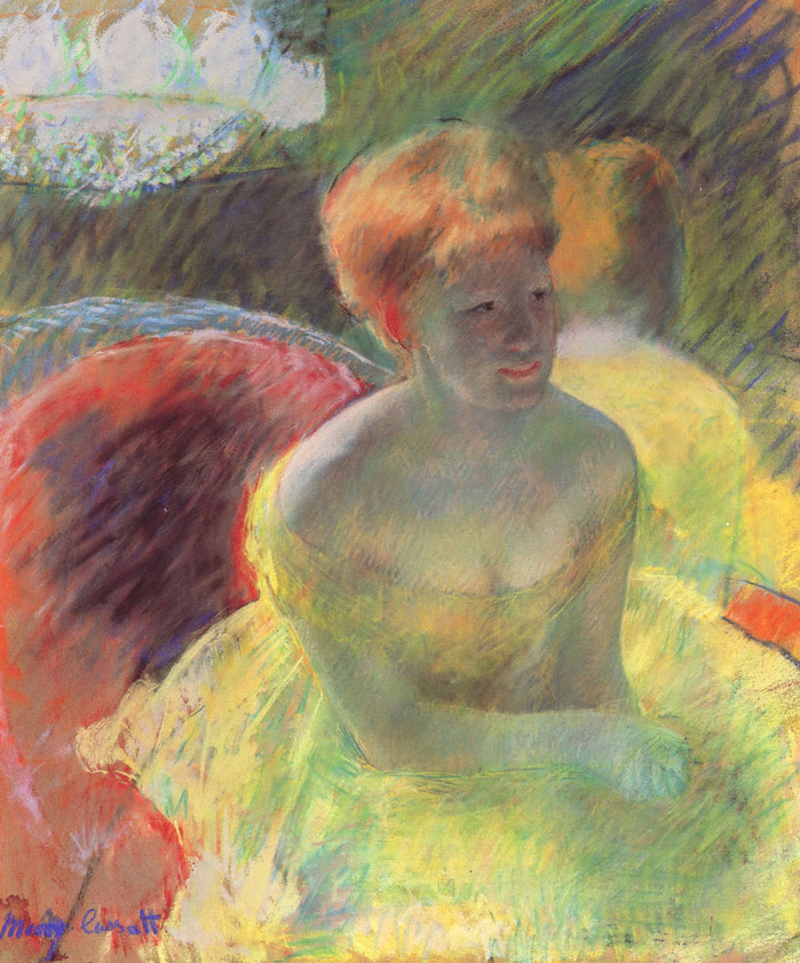
Cassatt and Degas became good friends and remained so throughout their lives, even though Degas was known to be disagreeable and cranky at times. Referring to some of Mary’s etchings that he admired, Degas said, “I will not admit that a woman can draw like that.”
But he also said of Cassatt: “There is a person who feels as I do.”
And she said of him:
“Sometimes it made him furious that he could not find a chink in my armor, and there would be months when we just could not see each other, and then something I painted would bring us together again.”
It was under Degas’ influence that Mary began using lighter, brighter colors, and began painting scenes from everyday life. He also was influential in her later works in pastels.
Mary Cassatt’s most endearing subject matter became mothers and children in ordinary scenes. In her paintings, she captured a deep tenderness of love and affection, showing the intimate bond between a mother and her child.
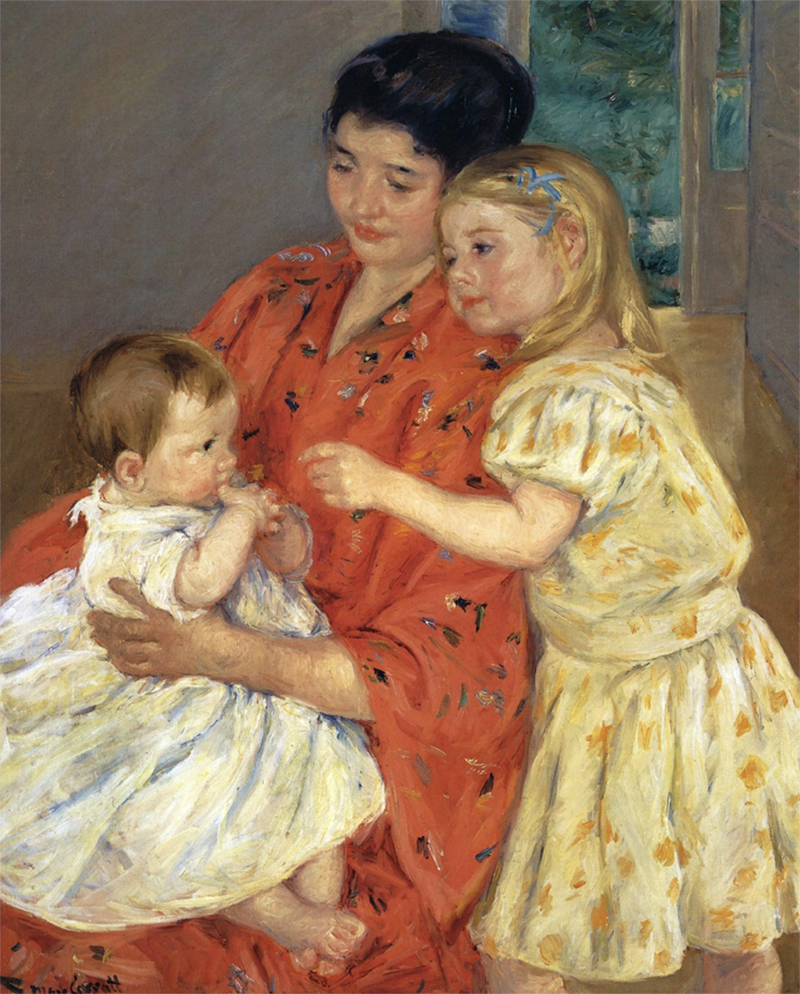
She was also a skilled printmaker. Like so many of the other Impressionist painters, Mary was influenced by Japanese prints and experimented with various printing techniques.
Not only was Mary Cassatt an important Impressionist artist, she was also instrumental in sponsoring and promoting the art. She would often buy paintings from her artist friends when they were in need of funds, and she encouraged her wealthy American connections to buy Impressionist art as well. In fact, the amazing Havemeyer Collection of 19th century French art, now housed at the Metropolitan Museum of Art (The Met) in New York, is because of Cassatt’s efforts and her friendship with Louisine Havemeyer.
Although, many of Cassatt’s famous pieces portray mothers and children, Mary never married nor had children of her own. During the last decade of her life, she became blind due to diabetes, and was unable to continue painting. She felt as if she had been robbed of the very thing in life that she loved. She died on June 14, 1926 at the age of 82.
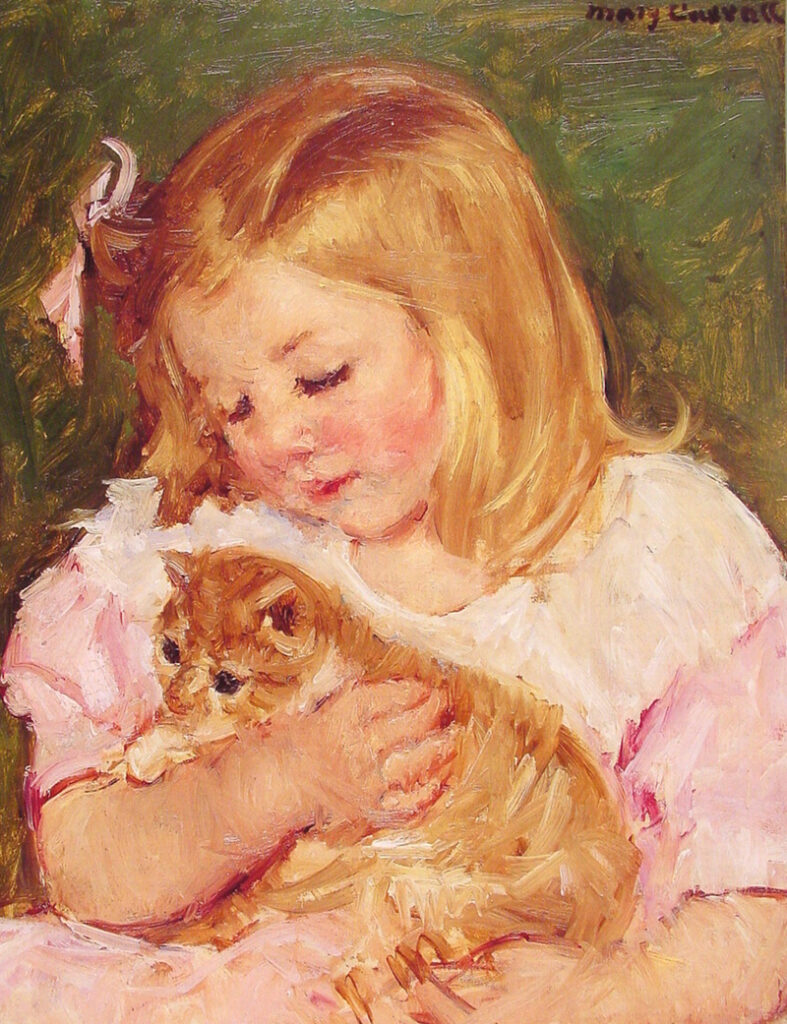
Books recommended for further study…
Mary Cassatt (Revised Edition) (Getting to Know the World’s Greatest Artists) Mary Cassatt: Extraordinary Impressionist Painter
Mary Cassatt: Extraordinary Impressionist Painter Suzette and the Puppy: A Story About Mary Cassatt (Young Readers)
Suzette and the Puppy: A Story About Mary Cassatt (Young Readers) The Life and Work of Mary Cassatt (The Life and Work of …) (The Life & Work Of…)
The Life and Work of Mary Cassatt (The Life and Work of …) (The Life & Work Of…) Quiet Time with Cassatt (Mini Masters)
Quiet Time with Cassatt (Mini Masters)
From the Masterpiece Society…
Cassatt Art Appreciation StudyBuy NowMary Cassatt Art LessonsBuy NowCassatt Spotlight PacketBuy Now
Cassatt Virtual Tours
Take a look at In The Loge from Smarthistory:
Check out Woman with a Pearl Necklace in a Loge from Smarthistory:
The Child’s Bath from Smarthistory:
For more project ideas, check out these Mary Cassatt-inspired art projects here:
In the Style of – Mary Cassatt by Art For Small Hands
Studying Art with Papier-mâché Mary Cassatt Art Lesson by Hip Homeschool Moms






